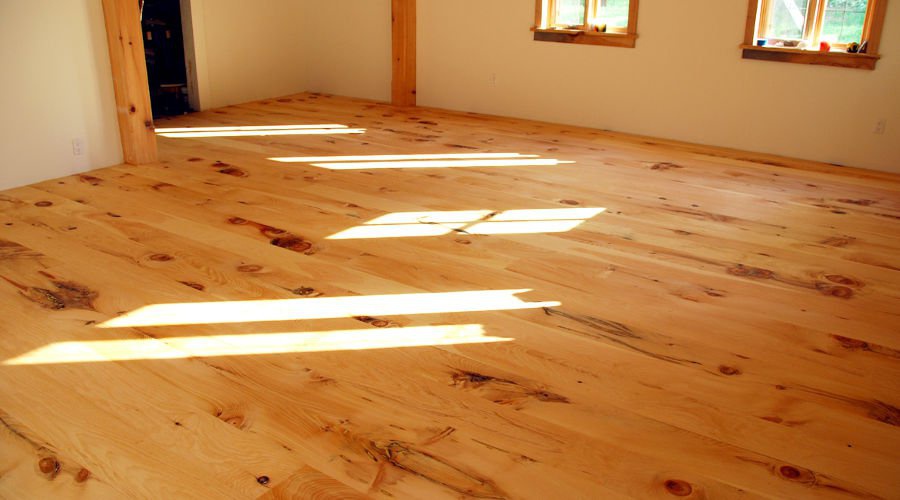In Melbourne, where timber floors grace homes and commercial spaces with timeless elegance, the allure of do-it-yourself (DIY) projects often beckons. However, DIY floor sanding, while tempting, can lead to costly mistakes and disappointing results if not executed with care and expertise. Melbourne’s unique climate and architectural styles present challenges, making it essential to approach DIY floor sanding with caution and attention to detail. In this blog, we’ll delve into common mistakes in DIY floor sanding, tailored to the nuances of Melbourne’s flooring landscape, and provide practical tips to ensure success.
Understanding the Complexity of Floor Sanding
Before embarking on a DIY floor sanding project, it’s crucial to recognise the complexities involved in the process. To achieve professional results, floor sanding requires specialised equipment, technical knowledge, and a keen eye for detail. While DIY enthusiasts may be eager to tackle the challenge, overlooking key considerations can lead to subpar outcomes and potential damage to your timber floors.
Common Mistakes in DIY Floor Sanding: Melbourne Insights
Underestimating Floor Preparation
One of the most common mistakes in DIY floor sanding is underestimating the importance of floor preparation. Melbourne’s diverse climate and environmental factors can impact timber floors, necessitating thorough cleaning, repair, and assessment before sanding. It is essential to address issues such as protruding nails, gaps, or uneven surfaces to ensure consistent sanding and compromised final results.
Choosing Incorrect Sanding Equipment
Selecting the appropriate sanding equipment is paramount for achieving smooth, even results in floor sanding. DIYers often need to correct the mistake of using inadequate or improper sanding machines for their Melbourne floors. Different timber species and floor conditions require specific sanding techniques and equipment. Choosing the wrong tools can lead to uneven surfaces, visible imperfections, and extended project timelines.
Neglecting Dust Management
Effective dust management is essential during floor sanding to maintain a clean and safe working environment. Melbourne’s dry and windy climate can exacerbate dust accumulation, pose health risks, and potentially damage adjacent surfaces and furnishings. DIYers often overlook the importance of investing in proper dust containment systems and personal protective equipment, leading to respiratory issues and property damage.
Rushing Through Grit Progression
Proper grit progression is critical for achieving a professional finish in floor sanding. DIYers may rush through the sanding process, skipping grits or failing to refine the surface texture adequately. In Melbourne, where hardwood floors are prevalent, overlooking grit progression can result in visible sanding marks and uneven surface texture, detracting from the overall aesthetics of the floors.
Ignoring Finishing Techniques
Finishing is just as crucial as sanding in achieving a polished and durable surface. DIYers must pay more attention to proper finishing techniques, such as applying sealants and protective coatings. In Melbourne’s fluctuating climate, choosing the right finish and allowing sufficient drying time between coats is essential for long-term durability and resistance to wear and tear.

Tips for Successful DIY Floor Sanding in Melbourne
While DIY floor sanding can be challenging, it’s manageable with the right approach. Here are some tips to help Melbourne residents avoid common pitfalls and achieve professional-quality results:
Educate yourself: Before starting your project, research and familiarise yourself with floor sanding techniques, equipment, and best practices.
Invest in Quality Equipment: Rent or purchase high-quality sanding equipment suitable for your floor type and project requirements.
Plan and Prepare: Thoroughly clean, repair, and assess the condition of your floors before sanding to ensure optimal results.
Prioritise Dust Management: Use dust containment systems, wear protective gear, and regularly clean work areas to minimise dust accumulation and health risks.
Practice Patience: Take your time and follow proper grit progression and finishing techniques to achieve a professional-quality result that enhances the beauty of your Melbourne floors.
Conclusion
DIY floor sanding in Melbourne can be rewarding when approached with care, attention, and the proper knowledge. By avoiding common mistakes and adhering to best practices, Melbourne residents can achieve stunning results and breathe new life into their timber floors. However, for complex projects or intricate floor designs, seeking professional floor sanding services may be the most prudent option to ensure a flawless finish that enhances the beauty and value of your Melbourne property.


